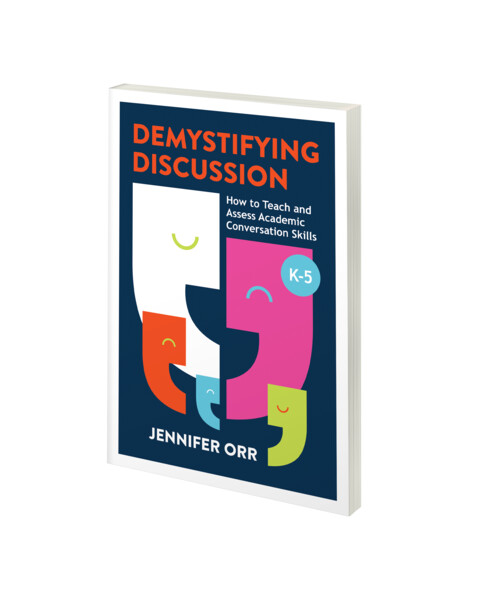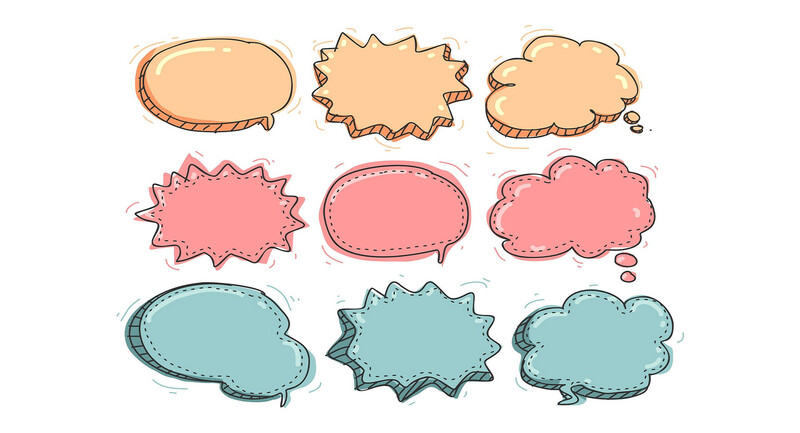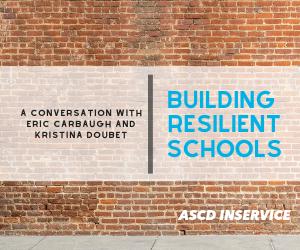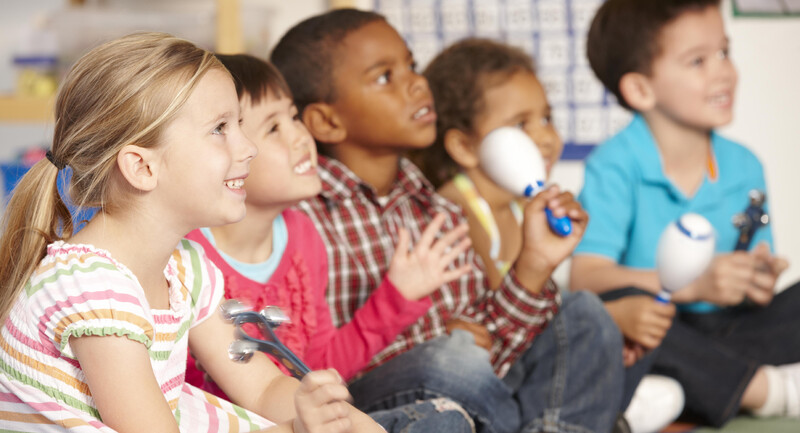If you’re involved in education in any way, then you are acutely aware of how challenging the last few school years have been for our students. This is especially true for our youngest learners. While young children can quickly adapt to new situations and are astoundingly resilient, they are coping with a lot—both in and outside of school.
I have seen this with my own children, both teenagers, and with the 3rd graders I teach. On an almost daily basis for the first half of this school year, I have found myself working with students who are struggling. There have been many difficult moments for many different students and problem solving with them has not been easy. Some students can talk through difficult moments, problem solve together, and advocate for their needs. Many other students cannot.
I have long believed that talk is crucial in a classroom. Learning is a social act, and talking with peers and adults helps students clarify misunderstandings, work through confusion, and deepen their thinking. In Demystifying Discussion: How to Teach and Assess Academic Conversation Skills, K-5 (ASCD, 2021), I address ways to help students use talk to deepen their learning and understanding of academic content. But in this moment, as students are coping with constant change and uncertainties, talk can also be a strategy for dealing with emotional challenges.
Using Books as Tools for Talk
What this year is clarifying for me is the importance of talk for students’ well-being and overall health. Students of all ages must be able to talk to advocate for themselves (and quite possibly for others). As adults, we often make assumptions about what children need and how best we can help them. Instead, let’s work with them by listening to what they say they need.
It is easy, especially in a busy classroom, to miss what is happening with a student or to jump to the wrong conclusion based on what we see. However, if students can articulate what they feel and need, we can help them more effectively.
One way that teachers can help young students grow their talk skills, whether to self-advocate or process emotions, is through picture books. Reading together and discussing picture books gives students some distance from their own powerful emotions and hard challenges. Seeing characters in a book face similar difficulties allows students to think through, problem solve, and visualize handling comparable situations without having to be in the midst of one.
One of my favorite books to use is Mouse Was Mad by Linda Urban, which shows students different ways people cope with their anger. After reading the book aloud, students can talk about their reactions to each character’s strategy (as a class or in small groups, depending on the need). You might ask, “What do you think of the ways these animals dealt with their anger? Do you or anyone you know do any of these things when you’re mad? How well does it work?” Students can then share their own perspective on these characters and, hopefully, reflect on their own ways of managing, or not managing, their anger.
Often students will relate how people in their lives respond similarly to these animals. I’ve had 1st graders say, “My mom screams when she’s mad, just like Bobcat,” or “My brother stomps around when he’s mad (like Bear) and my parents don’t like it.” As they talk about this book and their own connections with it, they will gain some language to discuss their own emotions. A very similar discussion could be had around Even Superheroes Have Bad Days by Shelly Becker, if you have students who like superheroes.
As many of us know, children’s anger and other strong emotions can come from fear or anxiety. Reading Gaia Cornwall’s Jabari Jumps is a good way to start a conversation about how hard it can be to talk about our emotions and to admit when things are difficult for us. Simply letting students know that what they are feeling is completely normal can help them open up.
Facilitating Talk with Sentence Starters
Another way to help students gain the talk skills they need to support their own social and emotional development is to use sentence starters. These are often seen as helpful for our youngest kiddos or for students in special populations, such as students learning English or students with learning disabilities. Older students might look at them and scoff, but I genuinely believe they’ll still find them helpful. Even if they don’t use them exactly as presented, having some language available gives them permission and a structure to discuss their emotions.
Teachers can introduce these kinds of sentence starters with books. Students can imagine how a character might complete these sentences as a way to test drive and practice them. When reading Jabari Jumps, for example, they might say, “Jabari was finding the diving board really hard because he was scared of what might happen,” or “Jabari was really scared and he didn’t know what to do.” When a student needs to call up one of these sentence starters, they are likely to be in a very difficult place, feeling strong, overwhelming emotions. If they have used these phrases previously, however, they will be in a better position to employ them in the heat of the moment.
Having practiced these phrases with books we’ve read, my 3rd graders now use them when they are having a tough time. I have some students who strive for perfection and can get very frustrated when their work is not going the way they desire. With the practice we’ve done, they can now say to me, “It would be helpful if I had a new piece of paper to try again,” or “I wish I could take a break because I’m feeling really frustrated.” They have a framework for talking about their emotions and their needs.
Some possible sentence starters for self-advocacy (or advocacy for others, which is equally important) might be:
- It would be helpful if I had…
- Right now, I need…
- I am finding this really hard because…
- I wish I could…
Some possible sentence starters for talking about emotions could include:
- I’m feeling really ______ because…
- I’m feeling _______ and I don’t know why.
- I am really _______ and I don’t know what to do.
Supporting Students’ Self-Advocacy
There is no easy fix to where we are at this moment. Our children’s lives have been turned upside down again and again for nearly two years. They need us to teach them ways to move forward. Helping them grow their talk skills will allow them to work through challenges and strong emotions in the moment and will encourage them to practice self-advocacy in the future.
Now Available!
Jennifer Orr on amplifying discussion skills in K-5.









